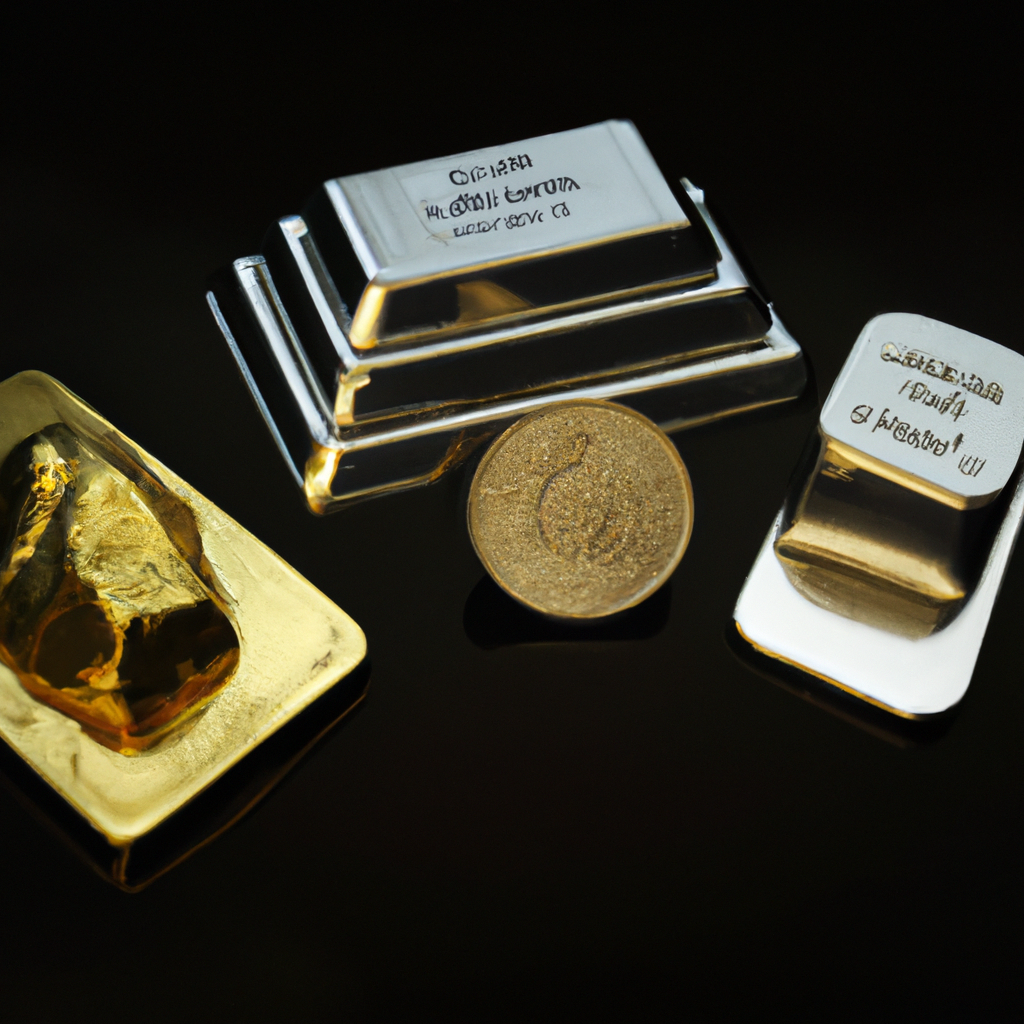Precious Metals Investment Advice: A Guide to Making Smart Investment Choices
Introduction
Investing in precious metals has long been considered a safe and lucrative option for investors looking to diversify their portfolios. With their inherent value and ability to act as a hedge against inflation, precious metals such as gold, silver, platinum, and palladium have attracted both seasoned investors and beginners alike. However, before diving into the world of precious metals investment, it is essential to understand the key factors and strategies that can help you make informed decisions. This article aims to provide you with valuable advice on investing in precious metals.
1. Research and Understand the Market
Before investing in precious metals, it is crucial to conduct thorough research and gain a comprehensive understanding of the market. This includes analyzing historical price trends, supply and demand dynamics, geopolitical factors, and economic indicators that impact the prices of precious metals. Stay updated with the latest news and developments in the industry through reliable sources to make informed investment decisions.
2. Determine Your Investment Goals
Clearly defining your investment goals is vital when considering investing in precious metals. Are you looking for long-term wealth preservation, portfolio diversification, or short-term gains? Understanding your objectives will help you determine the type of precious metals and investment vehicles that align with your goals. For example, gold is often seen as a safe haven during times of economic uncertainty, while silver can be more volatile but offer potential for higher returns.
3. Choose the Right Precious Metal
Each precious metal has its unique characteristics and investment potential. Gold, known for its stability and store of value, is a popular choice among investors. Silver, on the other hand, has a wide range of industrial applications and can be influenced by factors beyond investment demand. Platinum and palladium are often used in the automotive industry and can be influenced by fluctuations in the global economy. Consider the factors that align with your investment goals and choose the precious metal that suits your needs.
4. Decide on the Investment Vehicle
Once you have determined the precious metal you want to invest in, you need to decide on the investment vehicle. Common options include physical bullion, exchange-traded funds (ETFs), mining stocks, and futures contracts. Physical bullion provides direct ownership and is ideal for long-term investors. ETFs offer the convenience of trading on exchanges and provide exposure to the price movements of precious metals. Mining stocks can offer leverage to the underlying metal prices but come with additional risks. Futures contracts involve higher levels of risk and are suitable for experienced investors.
5. Diversify Your Portfolio
Diversification is a key strategy in any investment portfolio, and the same applies to precious metals. While gold is often the go-to choice, consider diversifying your holdings by including other precious metals like silver, platinum, or palladium. By spreading your investments across different metals, you can reduce the risk associated with any single metal’s volatility and potentially increase your overall returns.
6. Monitor and Rebalance Your Portfolio
Once you have invested in precious metals, it is essential to regularly monitor your portfolio and make necessary adjustments. Keep an eye on market trends, economic indicators, and any geopolitical events that may impact the prices of precious metals. If your portfolio becomes imbalanced due to price fluctuations, consider rebalancing by buying or selling certain metals to maintain your desired asset allocation.
7. Seek Professional Advice
Investing in precious metals can be complex, and seeking professional advice is always a prudent decision. Consult with a financial advisor or a precious metals expert who can provide personalized guidance based on your financial situation, risk tolerance, and investment goals. Their expertise can help you navigate the intricacies of the market and make informed investment decisions.
Conclusion
Investing in precious metals can be a rewarding endeavor if approached with careful consideration and knowledge. By conducting thorough research, defining your investment goals, choosing the right precious metal and investment vehicle, diversifying your portfolio, and seeking professional advice, you can make smart investment choices in the precious metals market. Remember, patience and a long-term perspective are key to successful precious metals investing.
